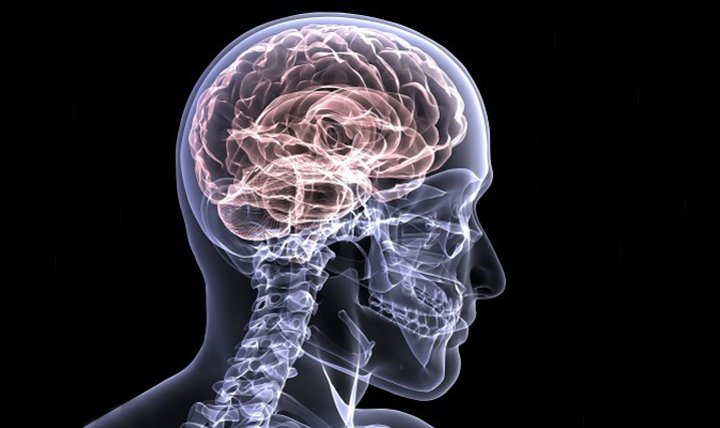PBS / WGBH

A team of researchers is fishing for a new method to treat neurodegenerative disorders. Its tactic? Bait dysfunctional proteins and prevent them from joining together into the kind of toxic globs found in almost every patient with ALS or frontotemporal dementia (FTD).
The study, published yesterday in Neuron, targets a protein, called TDP-43, found inside central nervous system cells, which balls up into toxic droplets or masses, driving neurodegeneration. The study’s authors say these clumps, otherwise known as inclusions, are a hallmark of ALS and FTD.
While scientists have been studying TDP-43 for more than a decade, exactly why this protein balls up in the first place remained unknown. Proteins need to lock onto DNA’s cousin, the single-stranded RNA, to function normally. The new findings show that TDP-43 clumped together when there was no RNA to lock onto. This discovery opens up new avenues to potential treatment, which would provide TDP-43 a synthetic RNA replacement to stop it from clumping up.
Study author Christopher J. Donnelly, a neurobiologist at the University of Pittsburgh, says that many previous studies have tried removing TDP-43 from a cell’s nucleus, which doesn’t address why the protein attaches together in the first place. His team aimed to not only explore why TDP-43 forms inclusions, but also create a technique to control their formation in live cells.
The researchers turned to optogenetics, a method used in neuroscience to control cell behavior. The process involves genetically modifying cells with light-sensitive proteins so that scientists can control their activity using light signals. In the study, researchers attached a mustard seed photoreceptor, which normally reacts well to light, to TDP-43. Using pulses of blue light, they pushed TDP-43 proteins together, ultimately forming the toxic inclusions.
“This light-induced technique is going to be very useful,” says Jiou Wang, a biochemist and molecular biologist at Johns Hopkins University who was not involved in the study. “It offers something that was never achieved before, which is you can temporally and spatially control the formation of these granules in the cell.”

Jacob R. Mann, a neurobiologist at the University of Pittsburgh and study author, says by looking at where TDP-43 inclusions formed, he and his colleagues essentially reverse engineered a theory that there may be a natural protective mechanism preventing toxic TDP-43 globs.
RNA, they discovered, was that very mechanism. “This is, I think, probably the most exciting part,” Donnelly says. “We didn’t know what we were getting into when we first started trying to recreate the disease in a dish.”
Because TDP-43 inclusions in the cytoplasm didn’t have RNA to interact with, the team looked for a way to tackle these toxic protein balls. The answer lay in something that would mimic RNA’s binding behavior: oligonucleotides, a synthetic version of RNA.
“We thought the oligonucleotides are almost like a fishing bait,” Donnelly says. “They’re fishing for the TDP that’s not interacting with its partner.” Flooding the cells with oligonucleotides prevented TDP-43 from clumping just as RNA would normally do in healthy cells. By binding with TDP-43, Donnelly explains, the oligonucleotides helped save the cells from dying.
While using oligonucleotides as a potential treatment is an innovative idea, Wang says, this study is still a first step. “Of course, like many hypotheses for therapeutics, there’s a lot to be studied,” he says. “[This method] should be validated beyond this experimental setting.”
“I think like any good study, this one raises several questions,” Barmada says, who cites the genetic modification of TDP-43 with mustard seed photoreceptors as a limitation of the study. “You’ve got to keep in mind that these aren’t necessarily the native properties of TDP that we’re looking at.”
Because of the similarities between different neurodegenerative diseases, Mann explains, oligonucleotides show promise for baiting proteins associated with toxicity across different disorders, which could ultimately help many types of patients.
Wang says that uncovering this protein clumping mechanism could be a significant step forward in understanding how neurodegenerative diseases work.
“It’s quite a technical feat,” he says. Full article here.
By

Rishya Narayanan
Education
CAMD
